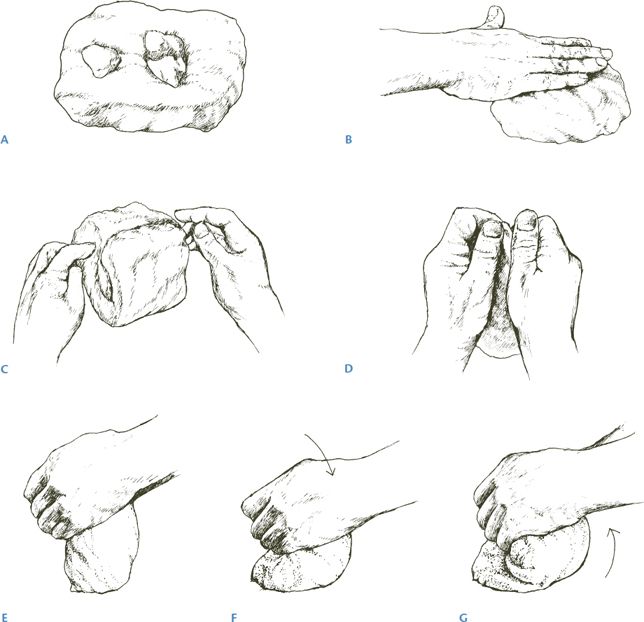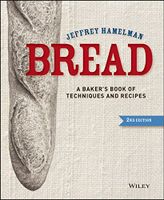Save 25% on ckbk Premium Membership with code FALLFLAVORS 🍁
Preshaping
Published 2004

To preshape, the scaled-out dough is placed on the bench, which has a very slight film of flour covering it. If there are any small scrap pieces of dough resulting from the scaling, these should be on the top of the dough. As the preshaping proceeds, the scrap will be incorporated into the body of the dough. We will refer to the side of the dough that has the scrap as the “seam side,” since the seams of the shaped loaf will eventually be on this side; the bottom side of the dough piece will be referred to as the “good side”; that is, it is the seamless outer surface of the dough, intact and unbroken. This good side will remain the good side throughout the entire preshaping and final shaping process, and will eventually become the top of the baked loaf.
Become a Premium Member to access this page
Unlimited, ad-free access to hundreds of the world’s best cookbooks
Over 160,000 recipes with thousands more added every month
Recommended by leading chefs and food writers
Powerful search filters to match your tastes
Create collections and add reviews or private notes to any recipe
Swipe to browse each cookbook from cover-to-cover
Manage your subscription via the My Membership page
Advertisement
Advertisement


